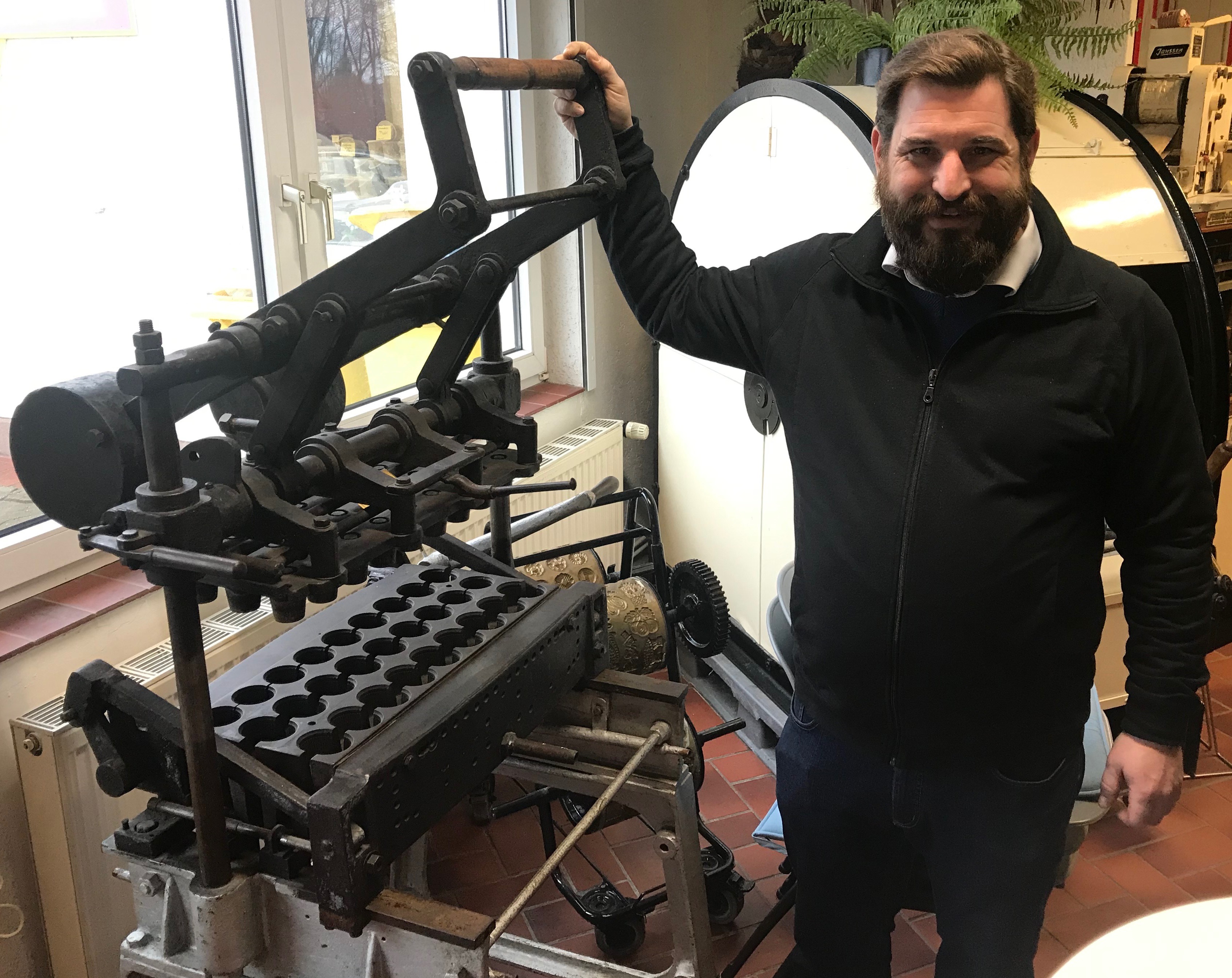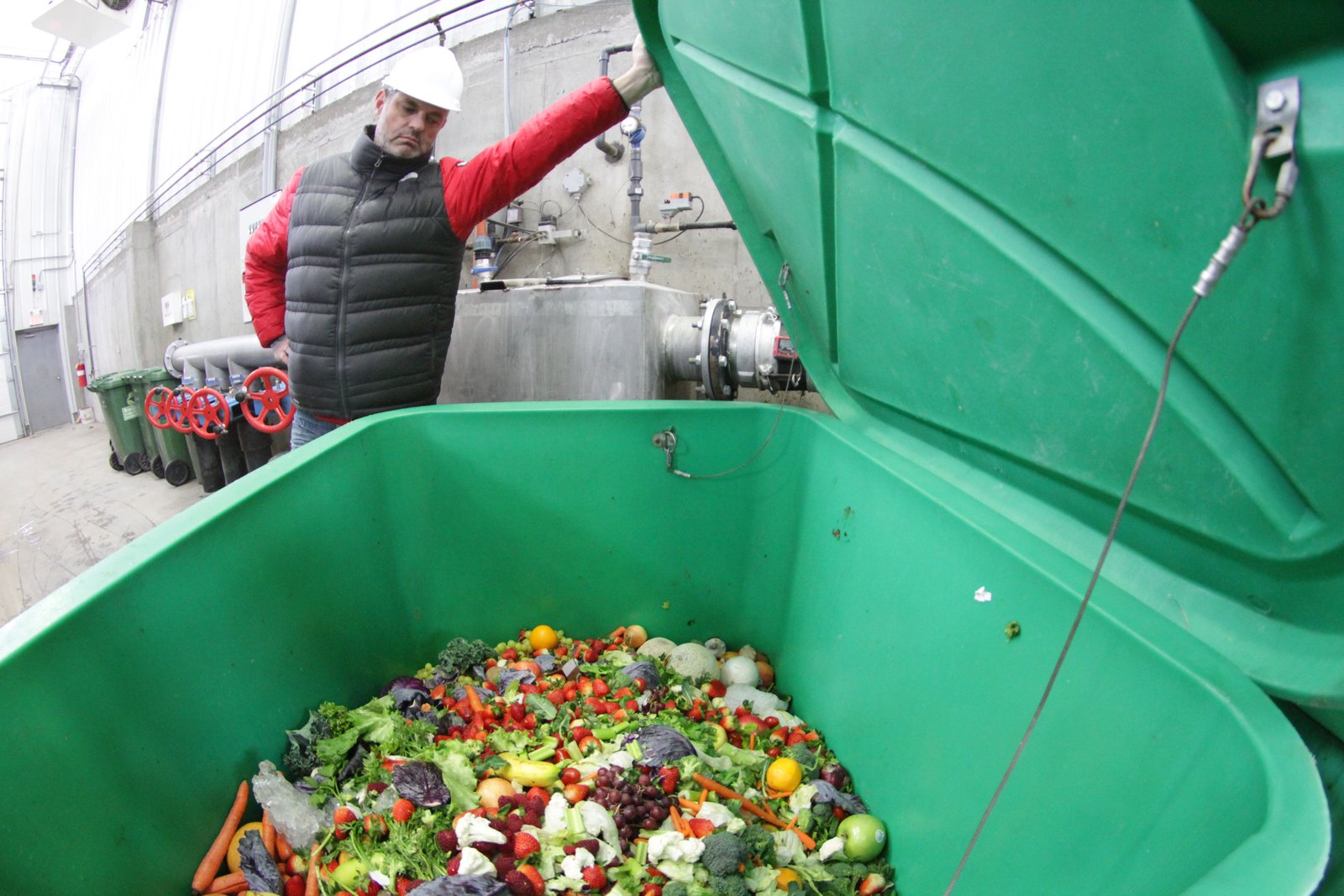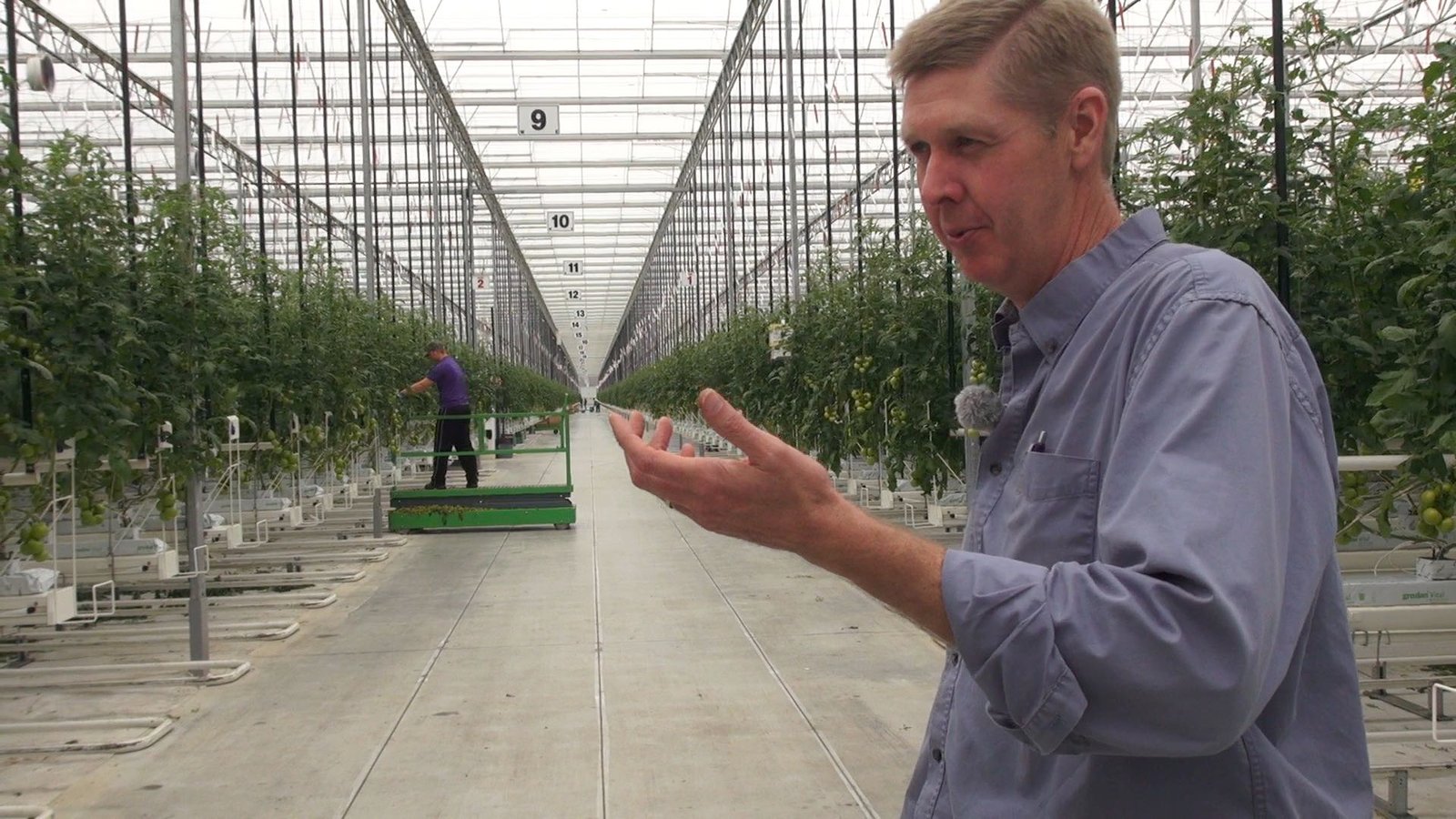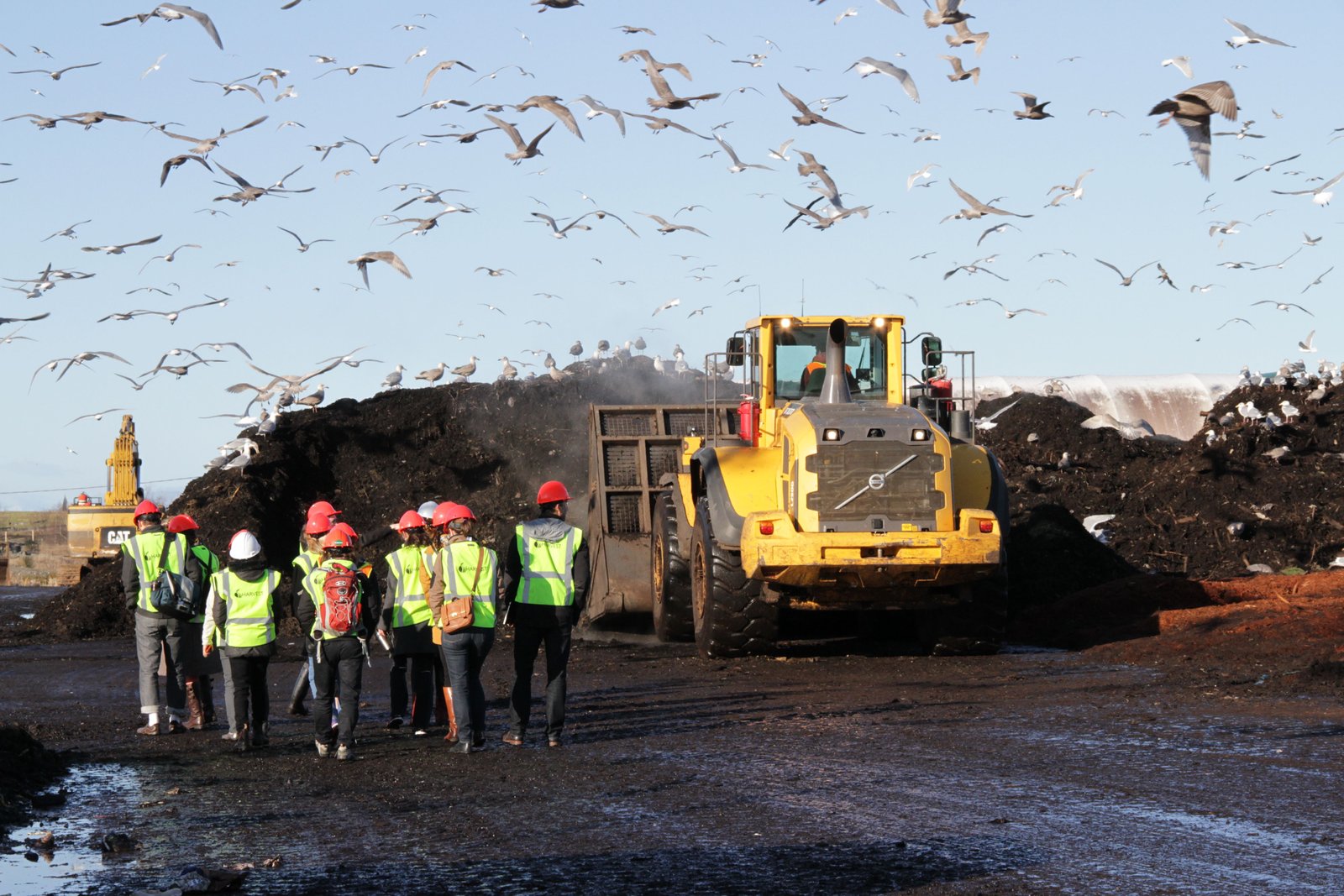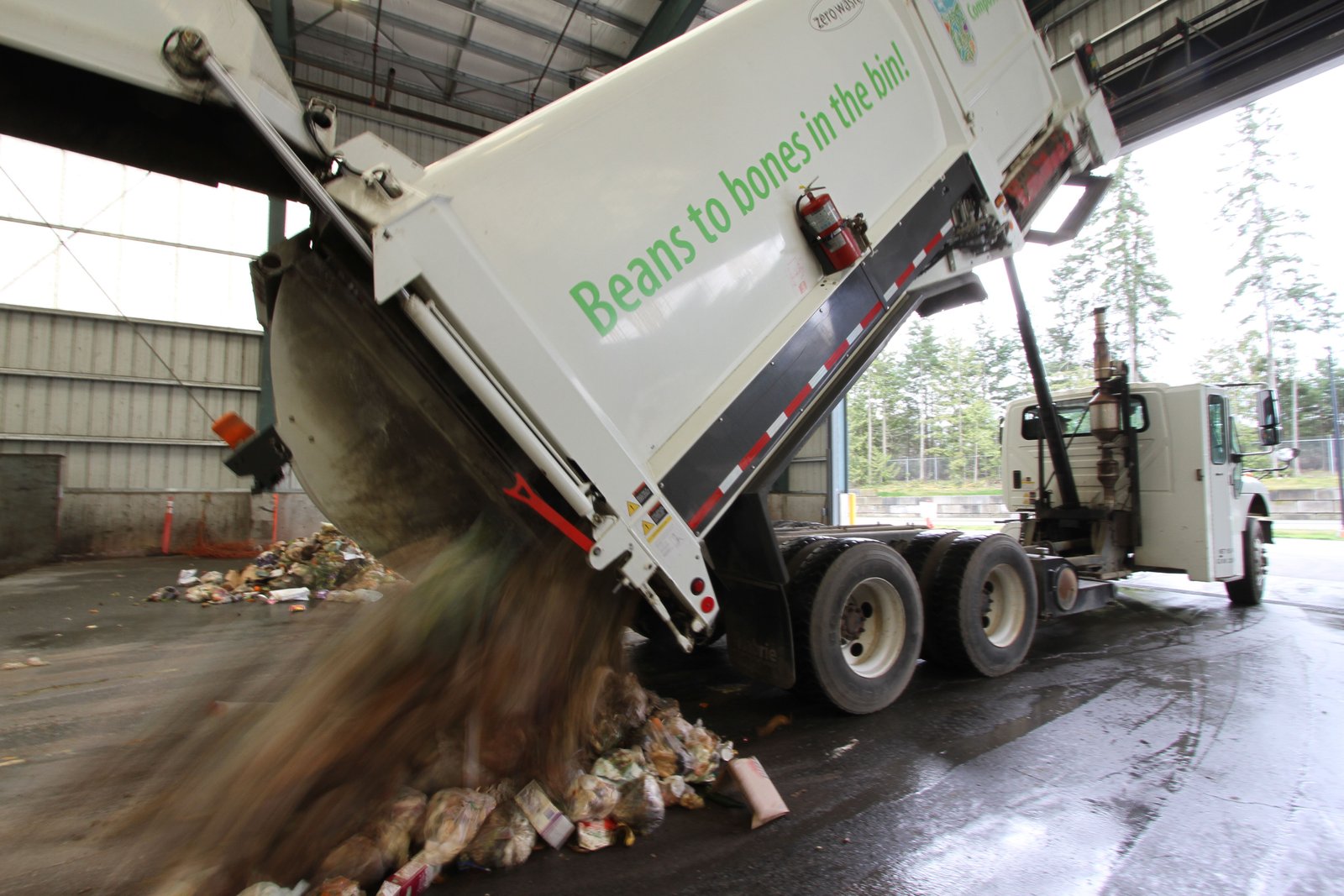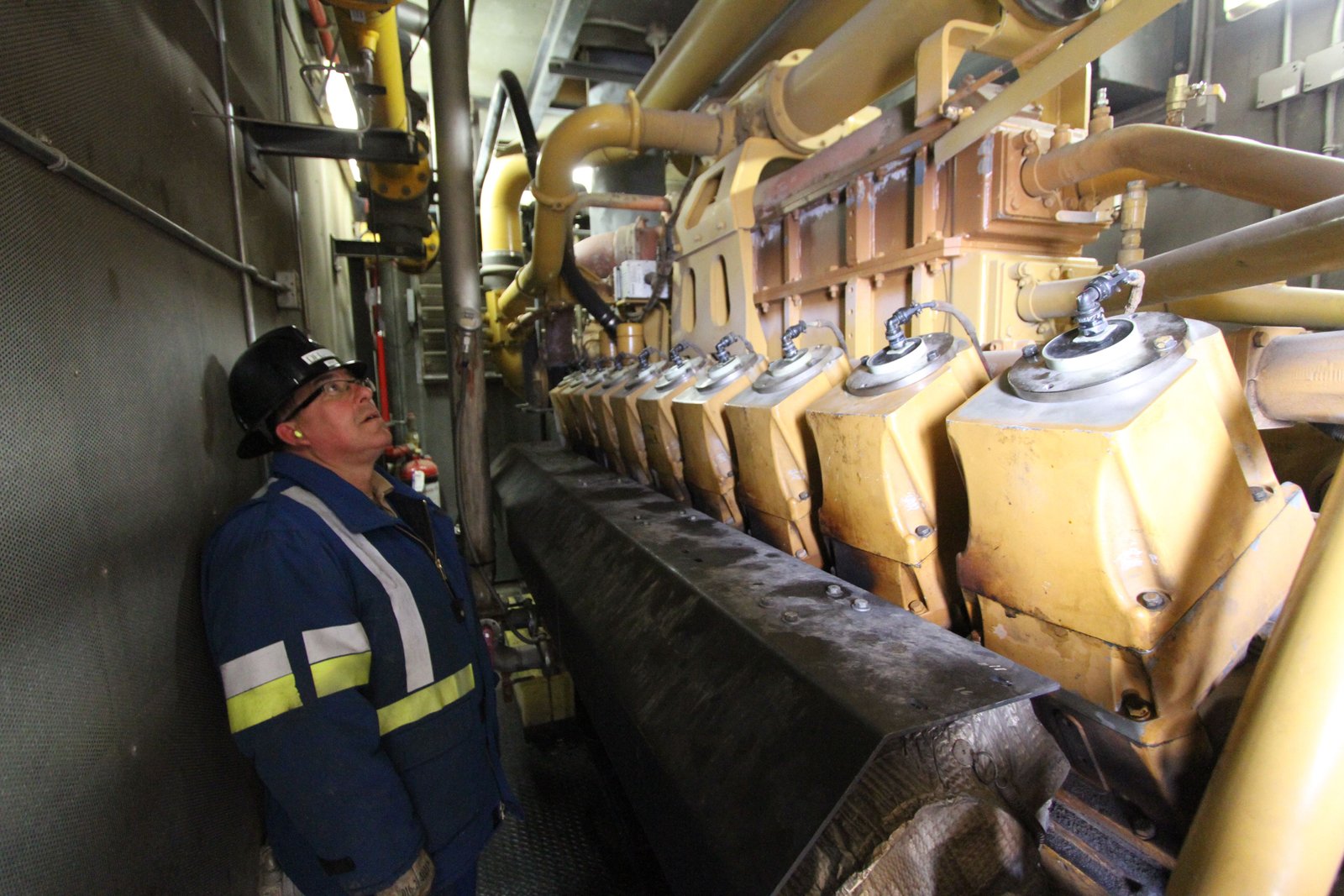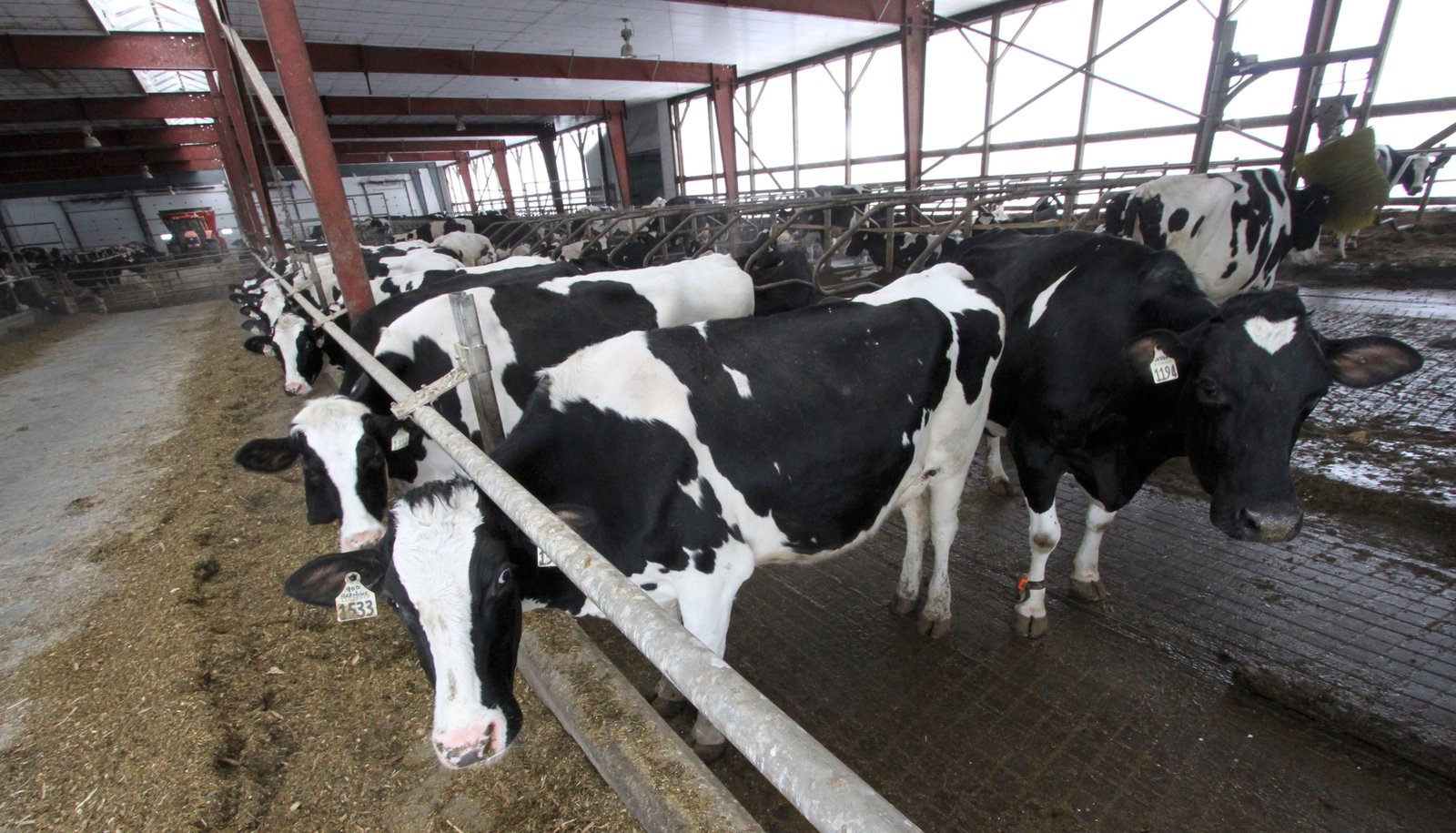By David Dodge and Scott Rollans A German waffle cone factory has sparked an ingenious …
187. Truly Green Farms – Growing tomatoes with waste energy
By David Dodge and Scott Rollans A greenhouse operator is standing outside a farm …
134. Biogas: Brown waste – green power!
By David Dodge & Dylan Thompson Brown gold. Prairie pies. Monkey missiles. Whatever you call …
71. Industrial symbiosis: Growing tomatoes with an ethanol plants waste
By David Dodge and Duncan Kinney Kalundborg is a small port city in Denmark with …
67. Harvest Power: Energy and compost from rotten food
By David Dodge and Duncan Kinney Picture one meal in your day and imagine it …
39. Nanaimo: Turning waste into compost, carbon credits and electricity
By David Dodge and Duncan Kinney Ecologist Peter Marshall put it best. “Waste itself is …
36. Micro-brewed biodiesel powers bus tours in Victoria
By David Dodge and Duncan Kinney With 17 micro-breweries the 750,000 people who call Vancouver …
33. Landfill gas: How old garbage can generate electricity
By David Dodge and Duncan Kinney Apple cores, pumpkins, Christmas trees and the crusts your …
31. Biogas: Closing the loop on cow poop
By David Dodge and Duncan Kinney French fry oil, molasses, donuts and cow manure. No, …
16. Pumpjack powerplants
By David Dodge and Duncan Kinney The slow sway of the oilfield pumpjack, or nodding …
